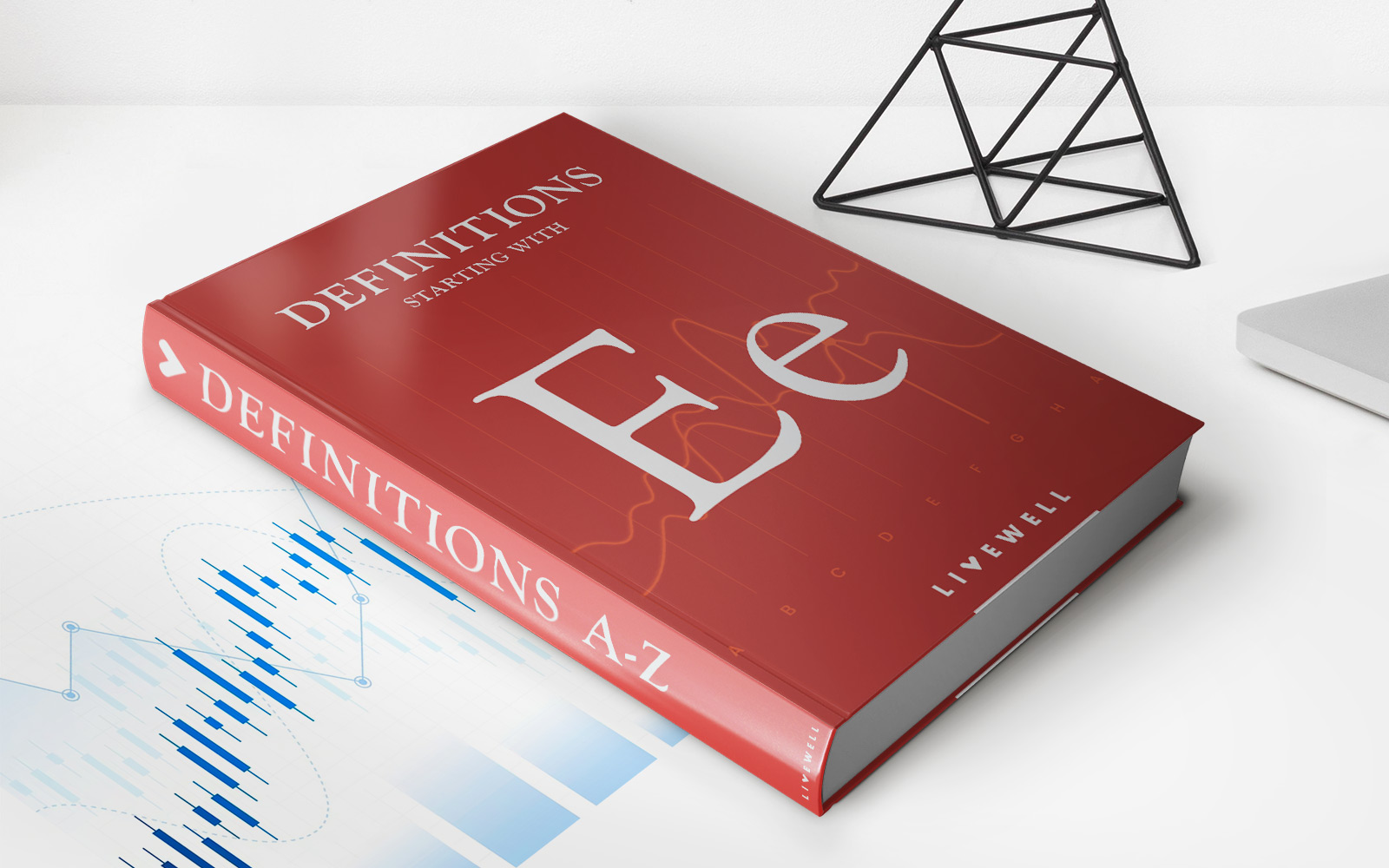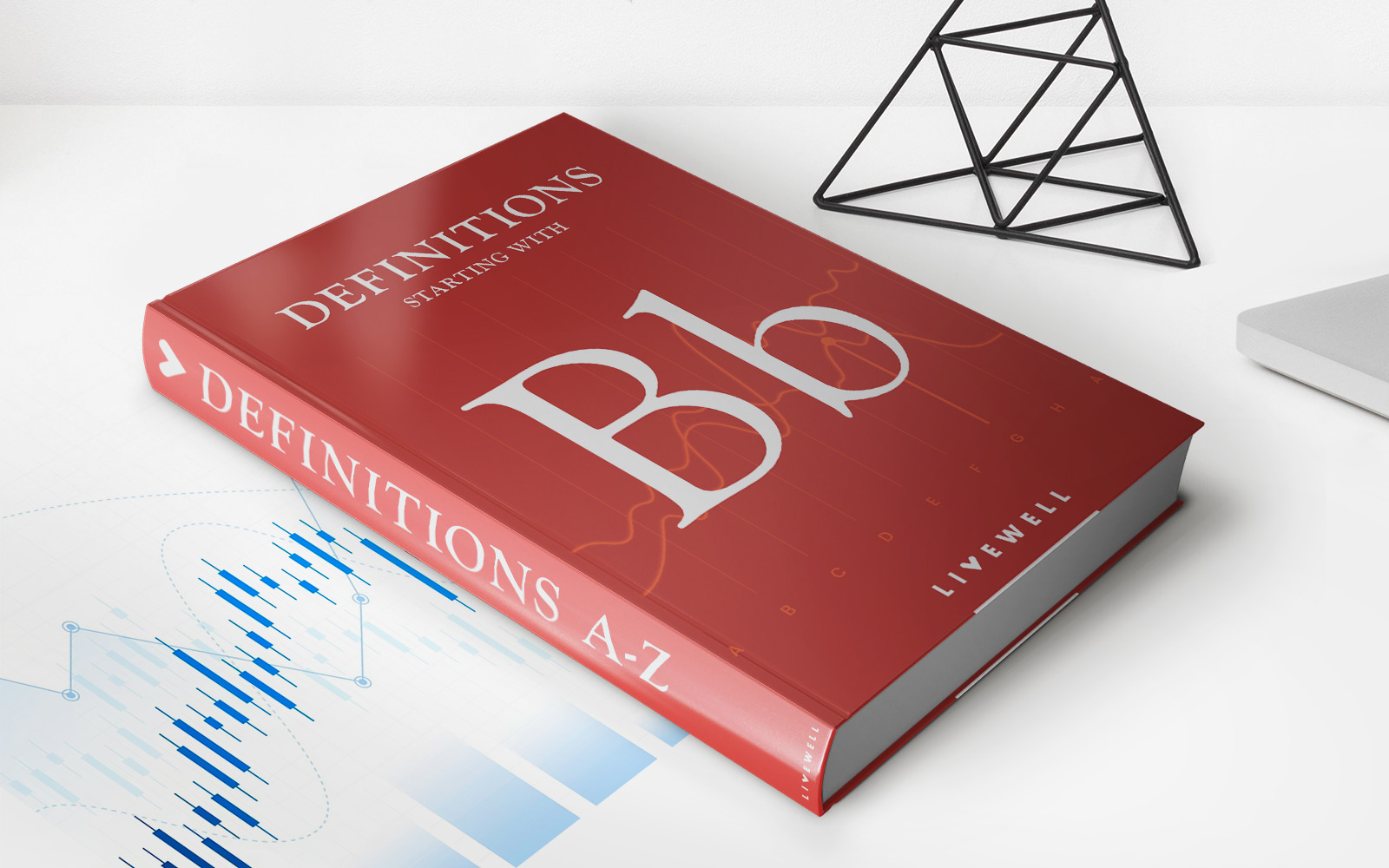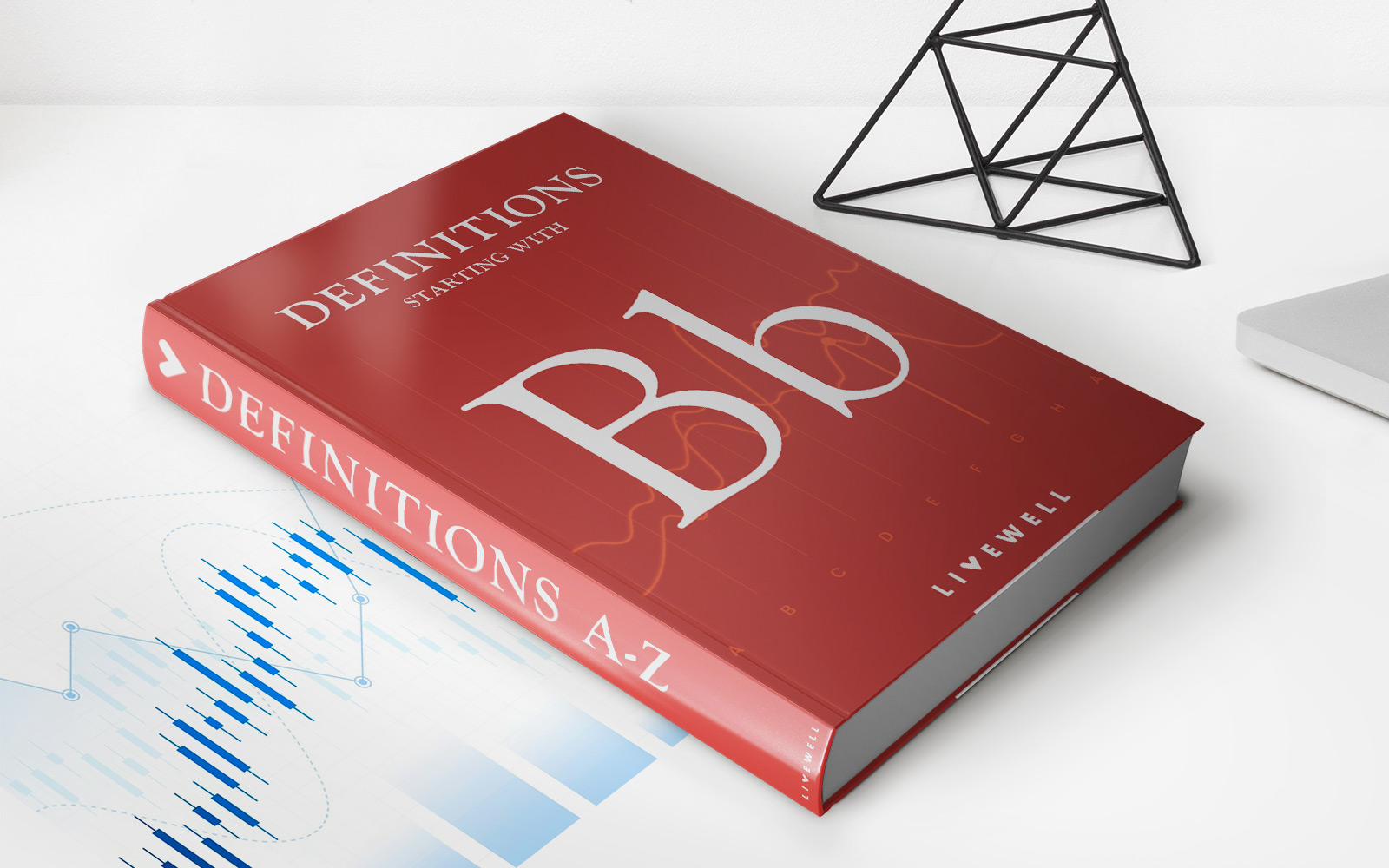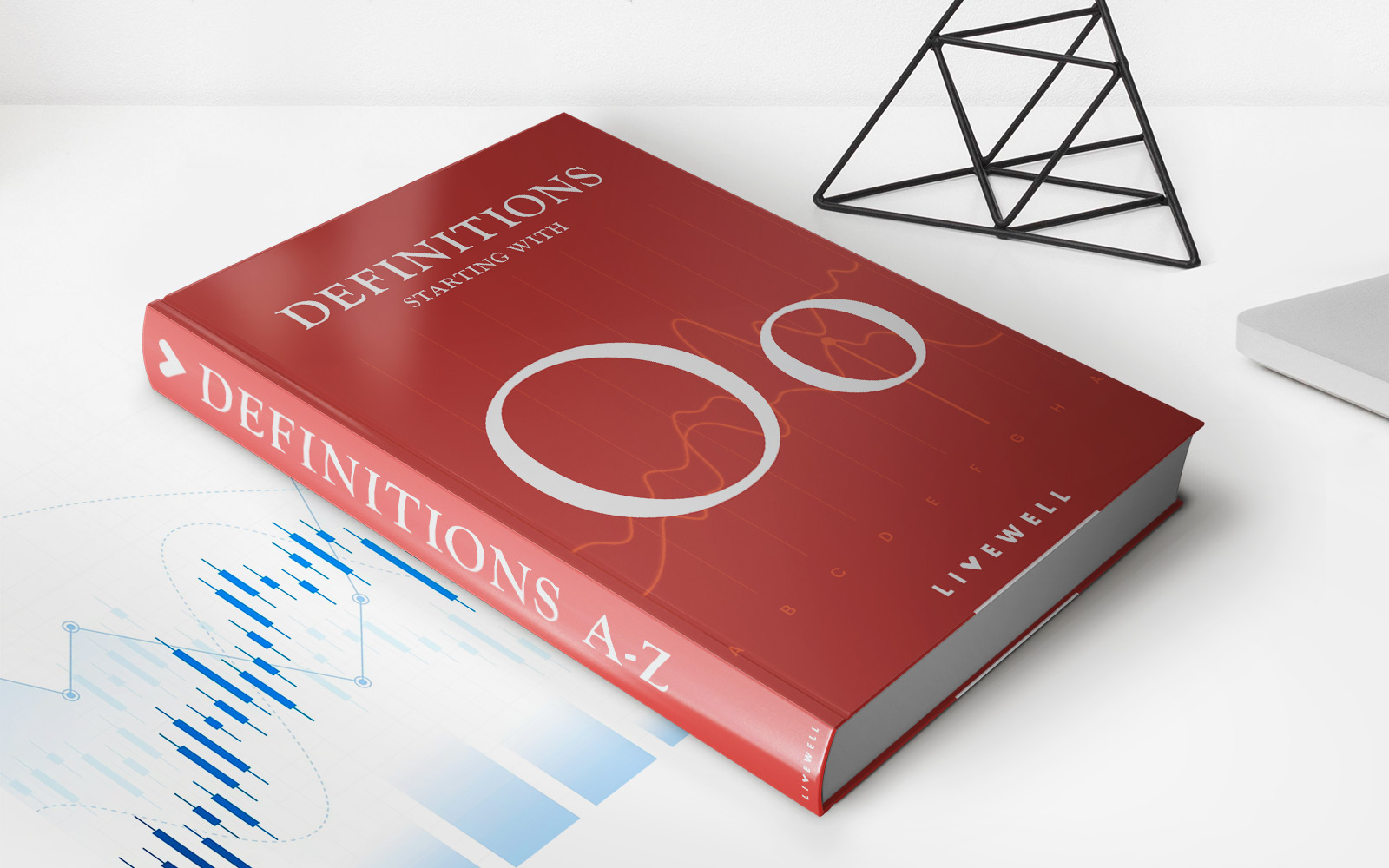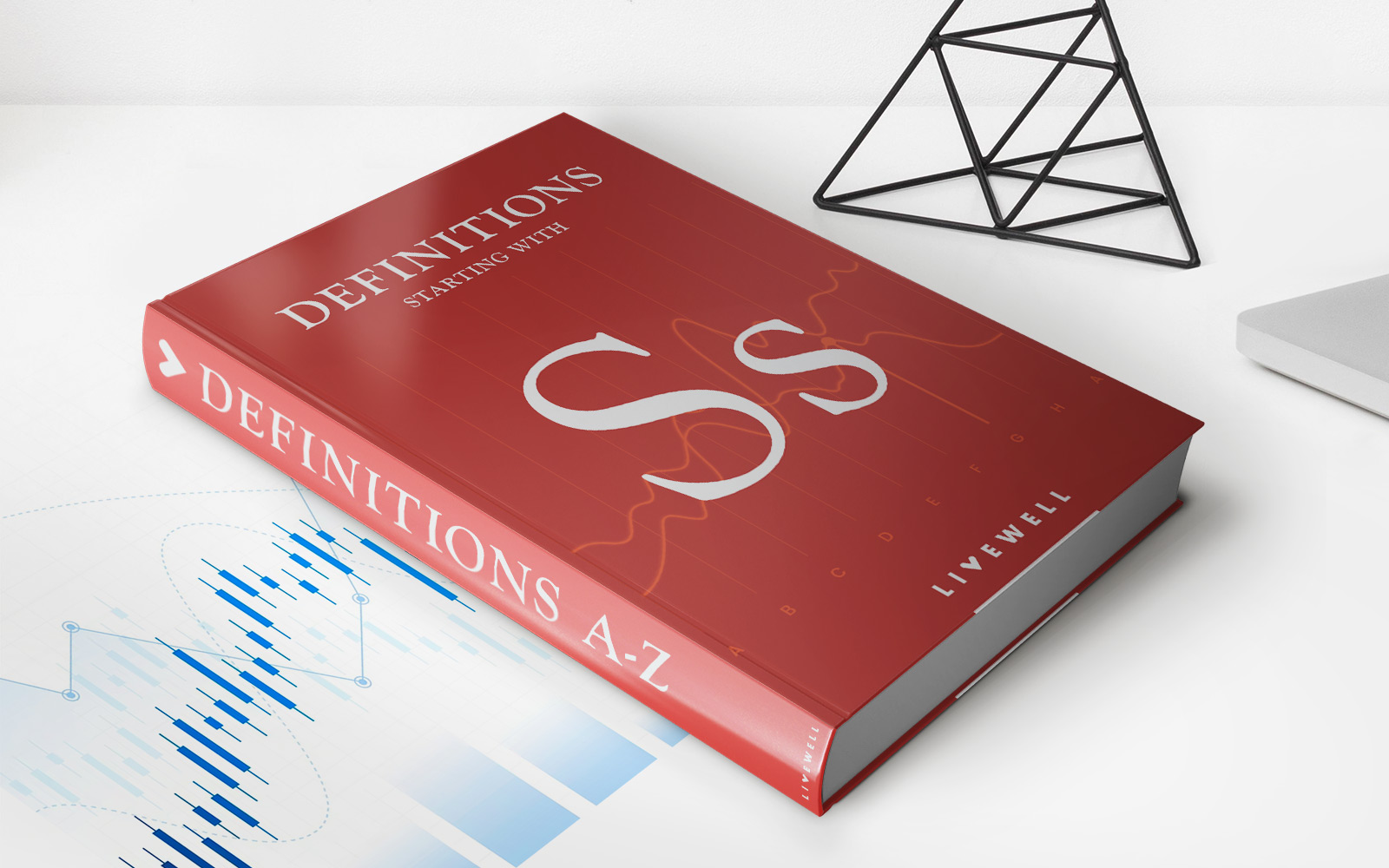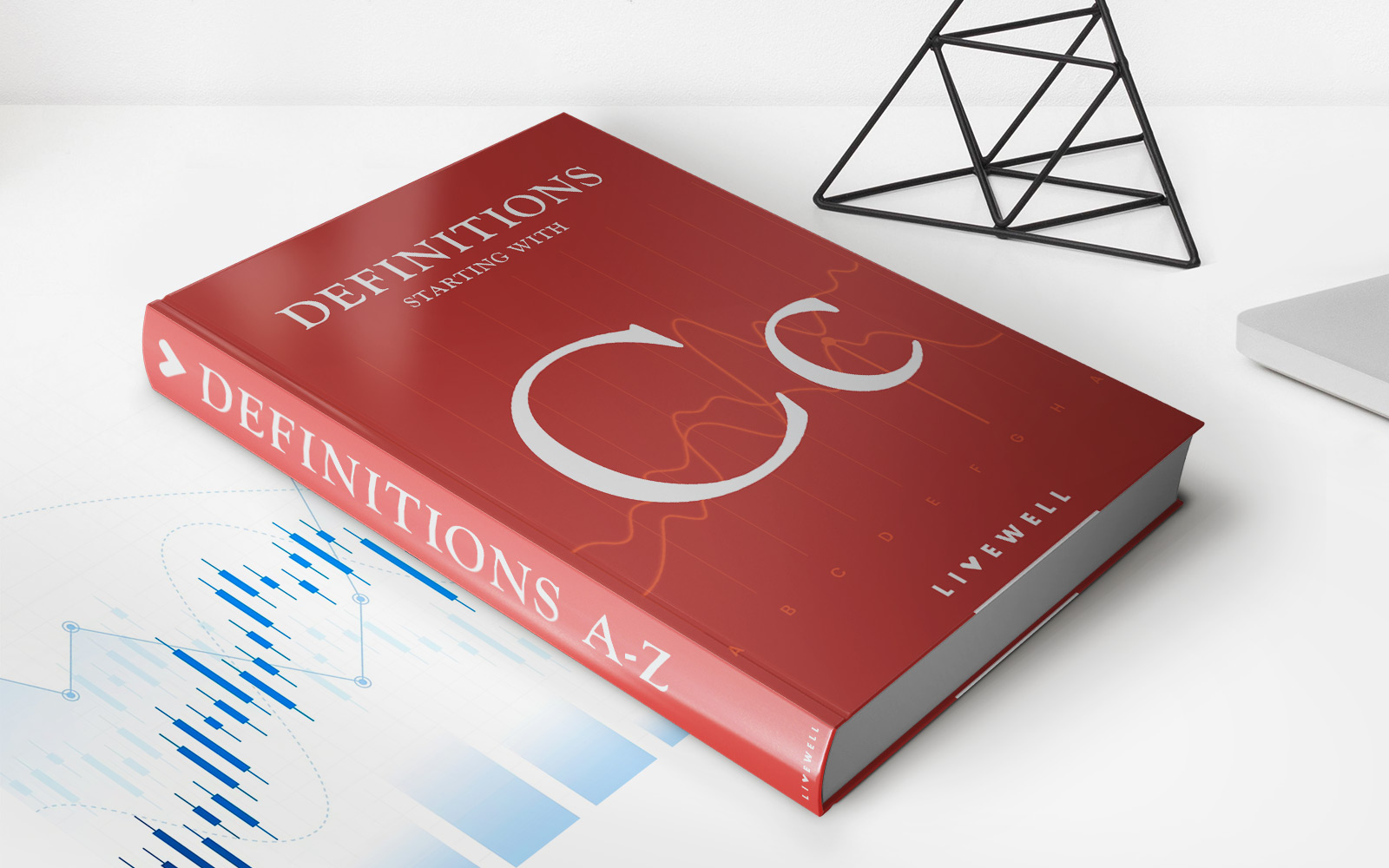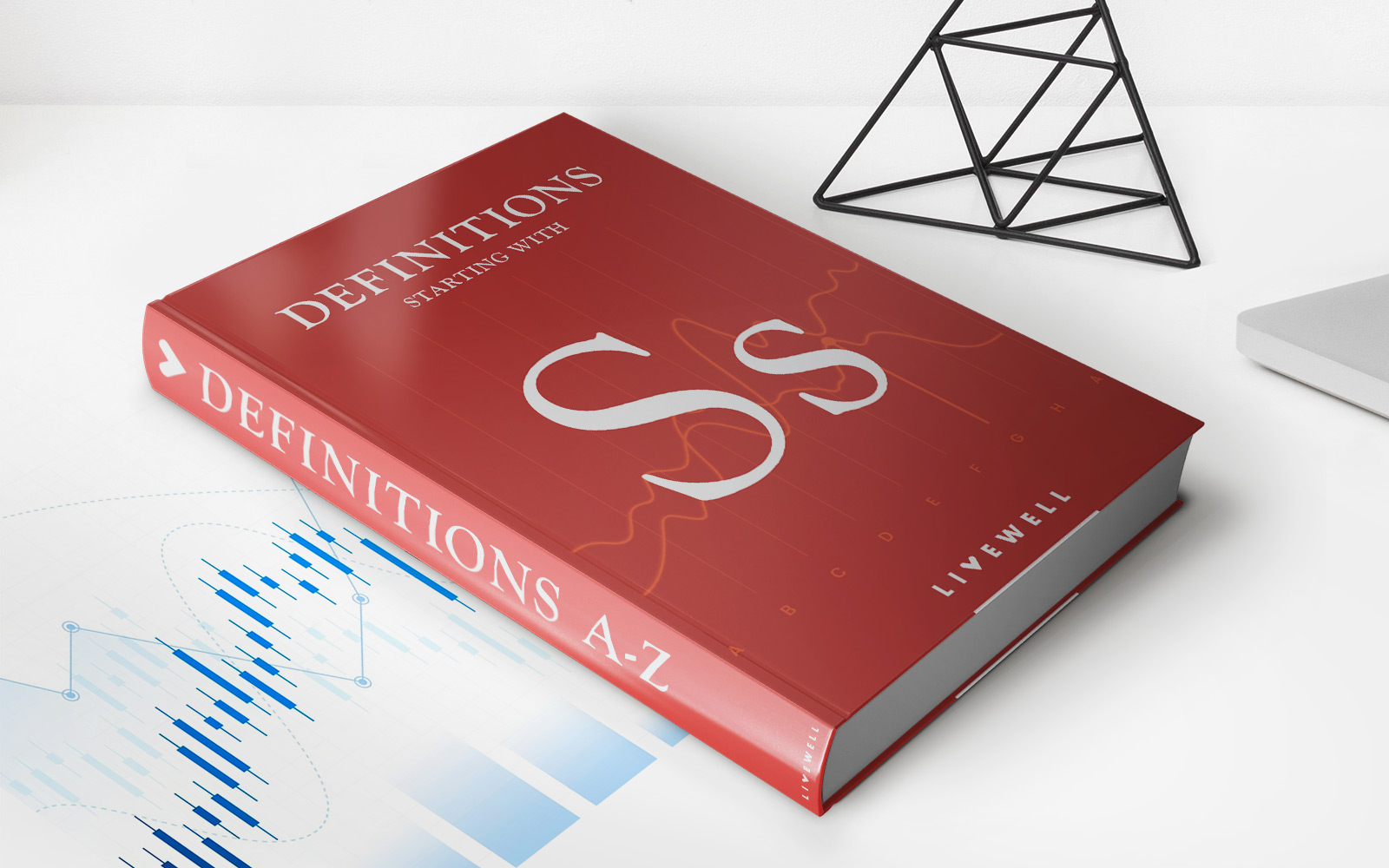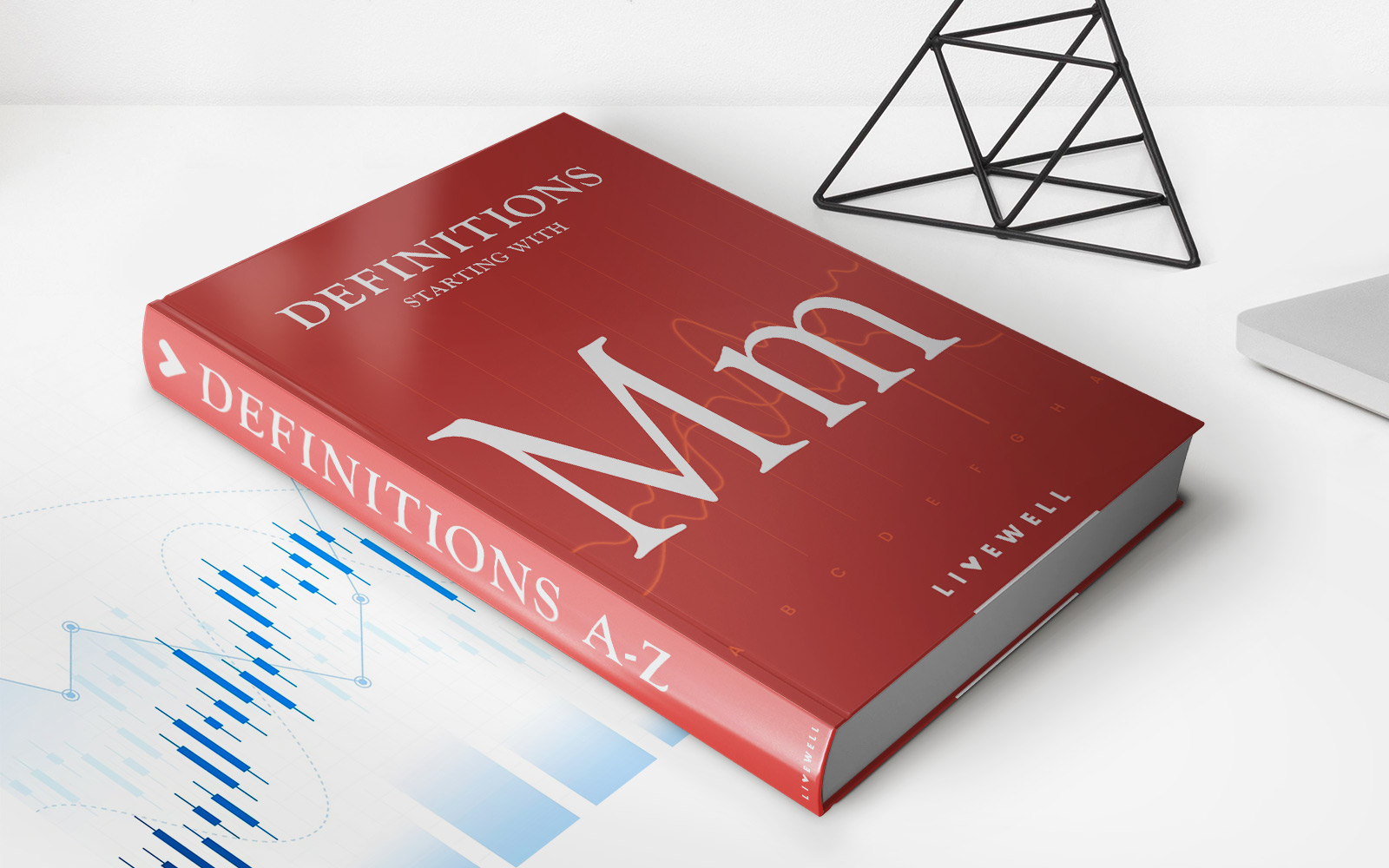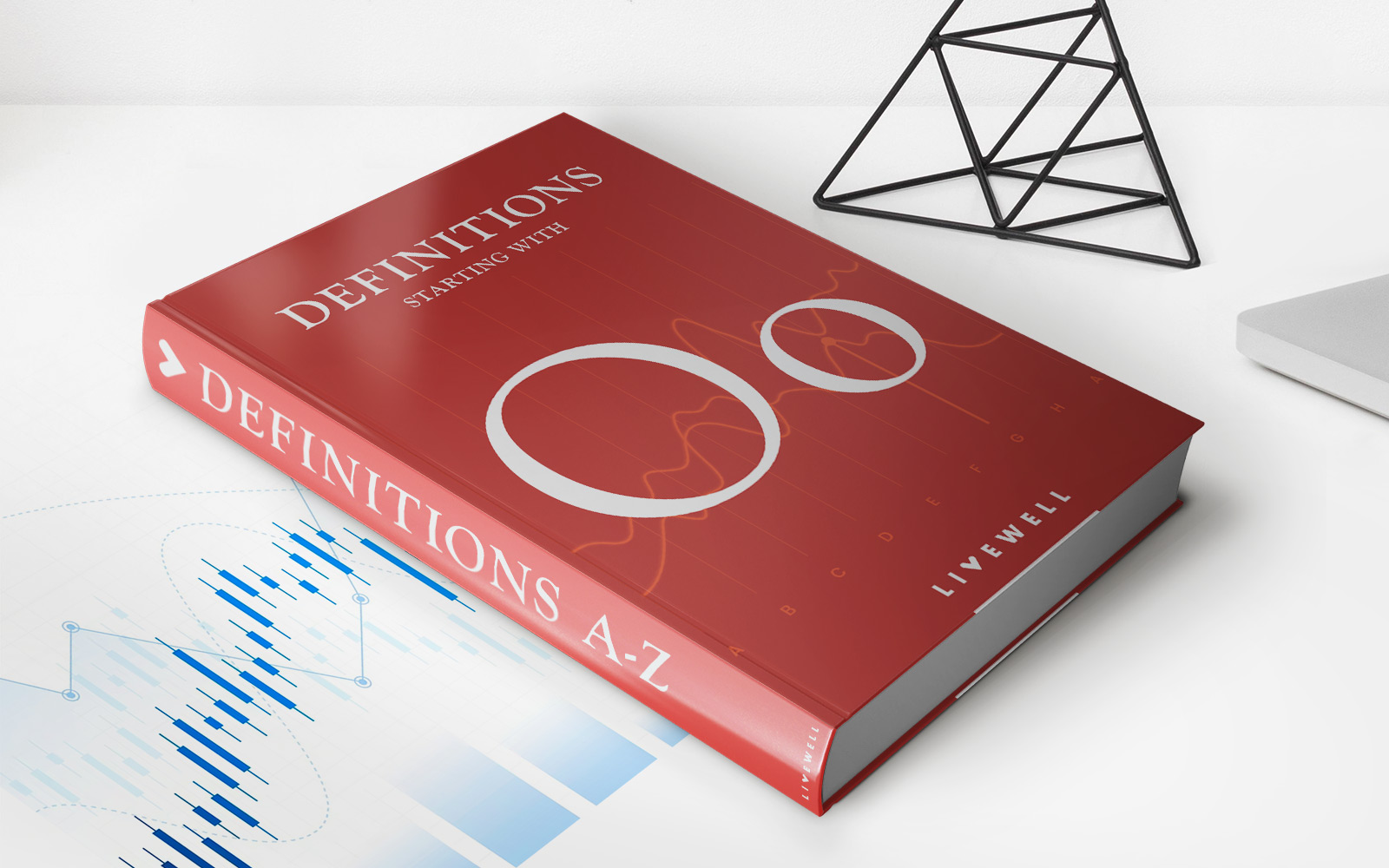Home>Finance>At The Money (ATM): Definition & How It Works In Options Trading
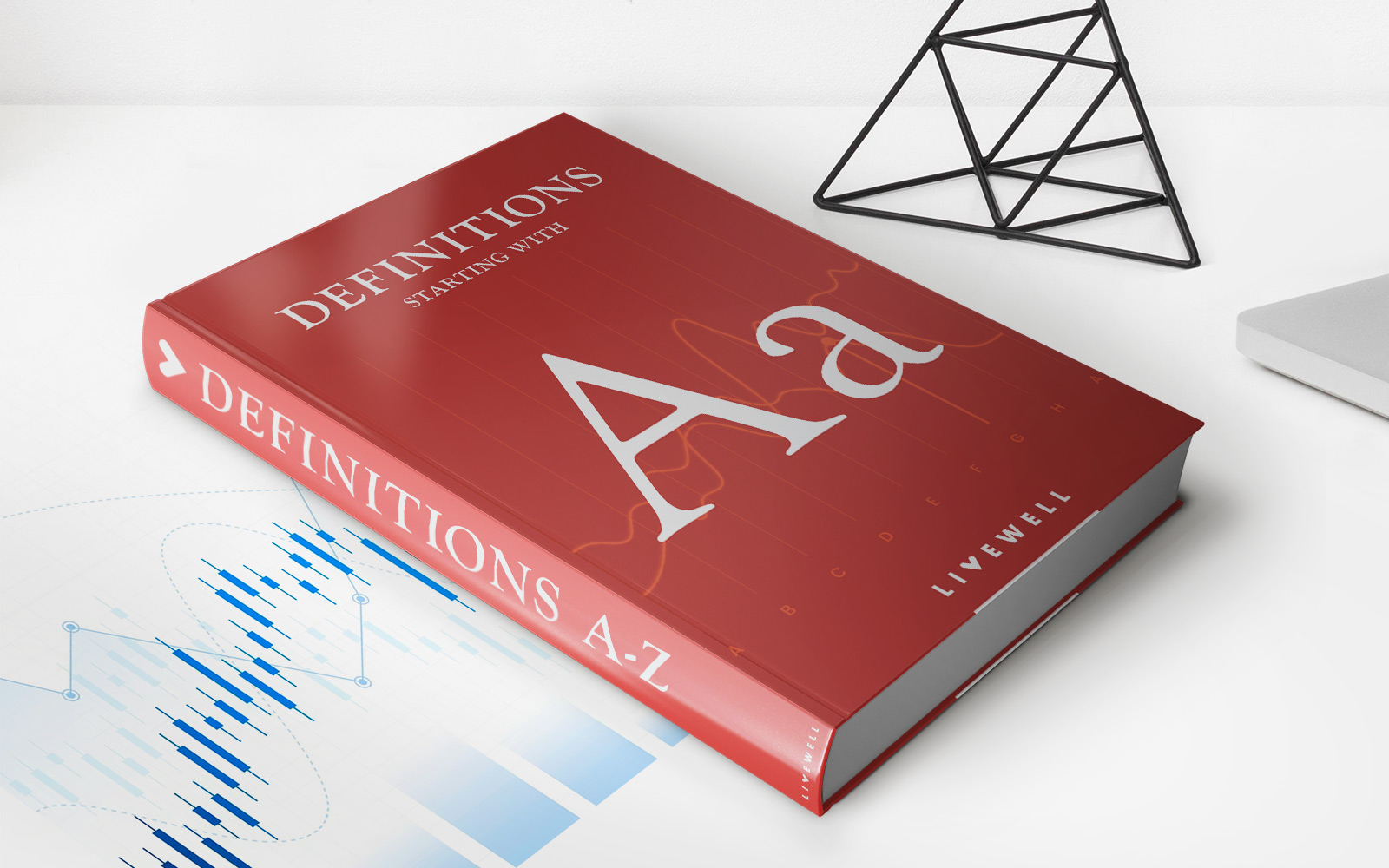

Finance
At The Money (ATM): Definition & How It Works In Options Trading
Modified: October 11, 2023
Learn the definition and workings of At the Money (ATM) in options trading. Discover how this concept relates to finance and maximize your investment potential.
(Many of the links in this article redirect to a specific reviewed product. Your purchase of these products through affiliate links helps to generate commission for LiveWell, at no extra cost. Learn more)
Understanding At the Money (ATM) in Options Trading
Options trading can be complex, with various terms and strategies that may seem confusing to newcomers. One of those terms is “At the Money” or ATM. In this blog post, we will define what ATM means in options trading and explore how it works.
Key Takeaways:
- At the Money (ATM) refers to an option where the strike price is equal to the current market price of the underlying asset.
- ATM options are considered to have no intrinsic value, as the option is neither in-the-money nor out-of-the-money.
So, what exactly does it mean for an option to be “At the Money”? In options trading, the strike price is the predetermined price at which the buyer of the option can buy or sell the underlying asset. An option is considered “At the Money” when the strike price is equal to the current market price of the underlying asset. This means that the option has no intrinsic value, as it is neither in-the-money nor out-of-the-money.
Let’s break it down further to understand how ATM options work:
1. No Intrinsic Value
Unlike in-the-money options, which have intrinsic value, and out-of-the-money options, which have no intrinsic value, ATM options have no intrinsic value at the time of purchase. This means that the price of the option is solely determined by its time value. Time value is influenced by factors such as the time remaining until expiration, volatility of the underlying asset, and the overall market conditions.
2. Balanced Risk and Reward
ATM options are often considered to have a balanced risk and reward profile. Since the strike price is equal to the current market price of the underlying asset, there is an equal chance for the option to move in or out of the money as the market fluctuates. This balanced risk and reward profile means that the price of an ATM option is typically lower than that of an in-the-money option with the same expiration date.
In summary, At the Money (ATM) refers to an option with a strike price equal to the current market price of the underlying asset. These options have no intrinsic value and are solely dependent on time value. They offer a balanced risk and reward profile compared to in-the-money or out-of-the-money options.
Understanding ATM options can help traders make informed decisions and develop effective strategies in options trading. Whether you are a beginner or an experienced trader, having a thorough grasp of the various terms and concepts in options trading is crucial for success.
Are you ready to dive deeper into the fascinating world of options trading? Stay tuned for more informative blog posts and stay ahead in your financial journey!
